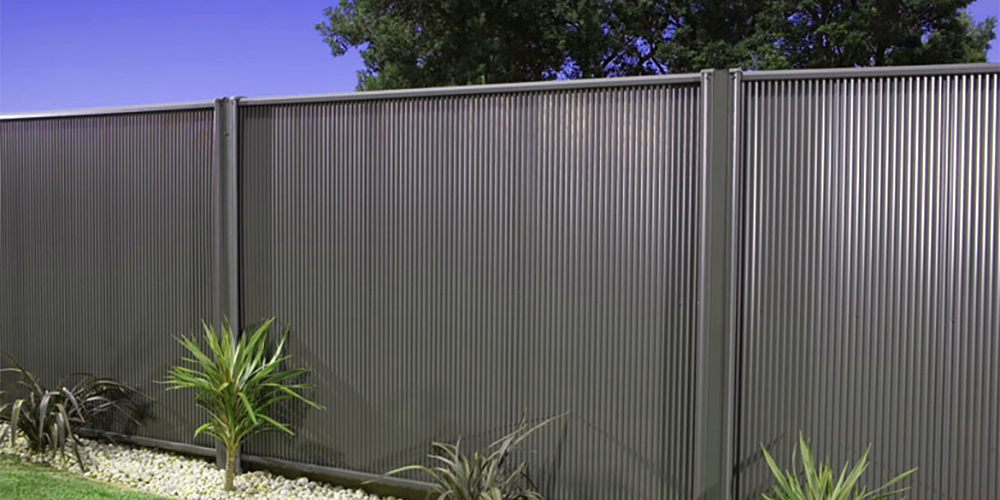CALL NOW
Extending Your Fence’s Life

EASTSIDE FENCING HAS THE KNOWLEDGE, THE EXPERTISE, AND THE EXPERIENCE TO GIVE YOU THE RIGHT ADVICE
Talk to Eastside Fencing today and ask us about the main reasons for the deterioration of a fence.
Luke Eastick, Director, is a Qualified Carpenter. He’ll tell you that:
- The rotting of posts is usually due to high levels of moisture around posts in garden beds. This may be prevented if sprinkler systems and taps are kept away from the fence line. Alternatively, the bottom 800mm of your posts can be painted with water based bitumen paint (option #12 on your quotation form). This paint will be approximately 150mm above ground level, and will help prevent moisture damaging your fence posts.
- A Leaning fence can be due to soil, crushed rock, bricks or any other item being built up against your fence. If you intend on raising the height of your garden bed, or on leaning any item against your fence, you will need to make Eastside Fencing aware of this at the time of your quotation. If the soil or item against fence is 400mm or below, 200x50mm Treated Pine Sleepers can be screw-fixed to the bottom of your fence posts (with deeper 800mm holes and extra concrete in each hole) to help retain soil. If the soil or item goes 600mm or above, a separate Sleeper Retaining Wall (using galvanised steel ‘C’ and H’ channel , and 200x75mm Treated Pine Sleepers) will need to be constructed in front of your new fence – to keep the item or soil away from your fence.
- Growing ivy on a fence will inevitably force your fence to deteriorate and, in some cases, the only thing that may be holding your old fence up is the ivy itself. If you intend on growing ivy or creeper on your fence make sure to regularly cut back the foliage to keep it under control, to avoid putting too much pressure on the fence. You may also request deeper footings with extra concrete in your holes (at the time of your quotation) for extra protection.
- Tree branches or stumps can push over a fence if left unattended. You should regularly cut back all tree branches that are pushing against fence to release the pressure. Any existing tree stumps against fence should be removed prior to a new fence being constructed. If this is not possible, your fence can be constructed either side of the tree stump (leaving it visible on both sides of fence line).
- Watering your new Treated Pine Paling Fence 2-3 times per week in warmer months (for the first six months only) will help reduce the warping, splitting and frying out of the timber.
- If painting your new Paling Fence, it’s recommended that you wait a minimum of 120 days to allow for shrinkage, and that in doing so, both sides be done.
